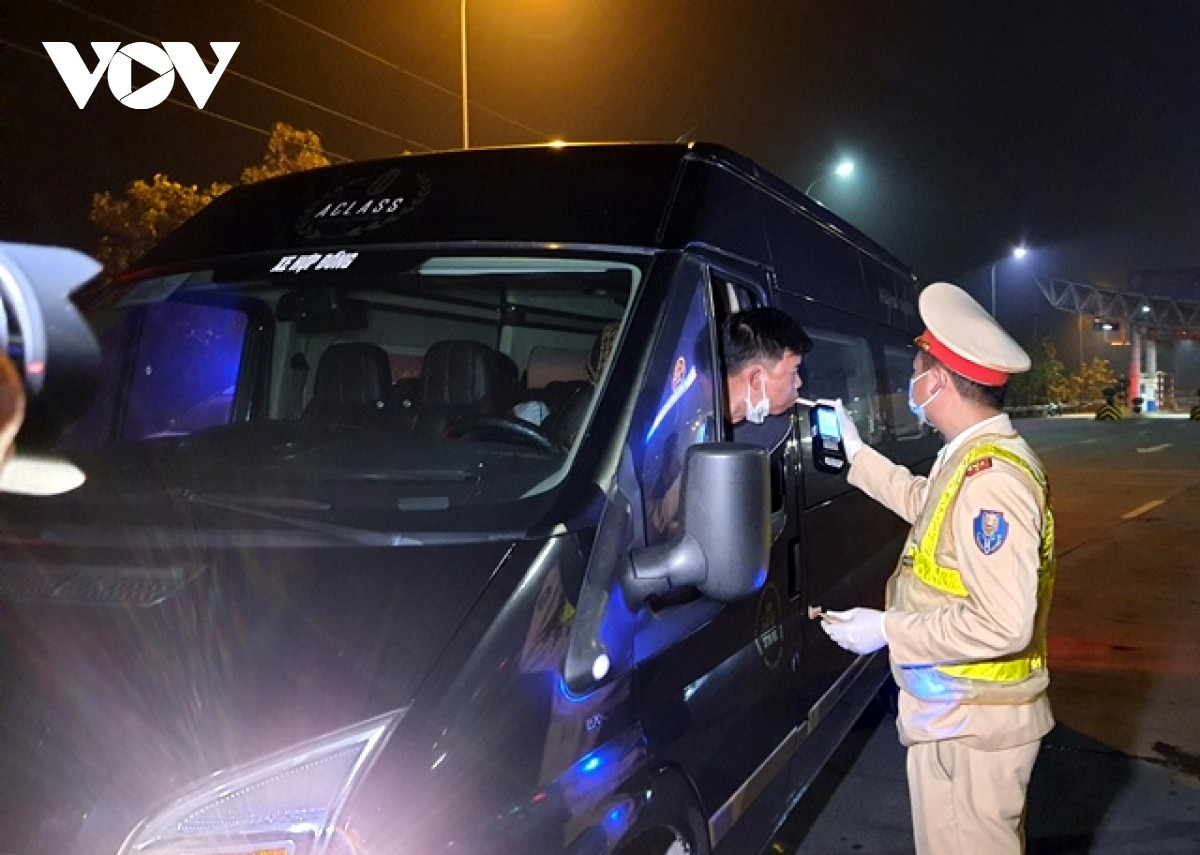
According to medical experts, drinking alcohol either before or during driving increases the risk of traffic accidents. Studies show that the body’s dysfunctions appear immediately after drinking a small amount of alcohol or beer. Someone who only drinks a sip of wine or a quarter of a can of beer begins to have disorders such as reduced brain functions, increased excitement, and lack of restraint, all of which could impact driving behaviours.
The World Health Organisation estimates that between 5% and 35% of global road deaths are alcohol related. In most high-income countries, about 20% of fatally-injured drivers have blood alcohol concentration (BAC) levels above the legal limit. Meanwhile, studies conducted in low- and middle-income countries show that between 33% and 69% of fatally injured drivers and between 8% and 29% of non-fatally injured drivers consumed alcohol before their crash.
In Vietnam there have been many tragic traffic accidents caused by drink driving over recent years. Though the state promulgated the Law on Prevention and Control of Harmful Effects of Alcohol Beverages in 2019, wine and beer are commonly consumed by local people, mostly young people. Statistics show that the country ranks second in Southeast Asia, 10th in Asia and 29th in the world in terms of alcohol and beer consumption.
Statistics also indicate that each year about 18,000 victims are hospitalised due to traffic accidents, of which 36.9% of traffic incidents are alcohol-related, 36% of motorcyclists have blood alcohol levels above the legal limit, 66.8% of car drivers violate alcohol concentration regulations, and 11% of people who die in traffic accidents are killed in incidents related to alcohol and beer.
Tougher penalties a must

The Ministry of Public Security recently drafted a report to be submitted to the National Assembly which makes clear regulations on driving a vehicle with alcohol content in the blood or breath. The regulation was introduced in the road traffic order and safety bill, which was examined by National Assembly delegates during last year’s year-end session.
According to the ministry, countries around the world have already moved to introduce strict regulations for dealing with drink driving. The laws of driving under the influence vary between countries, depending on the acceptable limit of blood alcohol content before a person is charged with a crime. Thresholds range from the limit of detection (zero-tolerance) to 0.08%, while some countries have no limits or laws on blood alcohol content.
However, the Ministry says the traffic safety culture locally requires a zero blood alcohol concentration level when driving a vehicle because traffic conditions in the country are specific. The behaviour of many road users is not good, as they disregard or intentionally violate traffic laws, whilst some even challenge authorities when being inspected and handled.
As a bad conscience can take the lives of many people, strictness is needed, explains the Ministry in the draft report.
The Ministry cites statistics saying that the control of alcohol violations by drivers has proved to be effective in recent times, with the numbers of alcohol-related accidents, deaths, and injuries last year decreasing by 25%, 50%, and 22% compared to 2022.
In addition to ensuring traffic order and safety, the prohibition on alcohol use also has profound social significance. In the draft report, the Ministry of Public Security points out that alcohol is one of the leading risks of disability and death in Vietnam. Indeed, more than 50% of cases of murder, public disorder, rape, and violations of traffic laws are caused by alcohol use, while more than 30% of domestic violence cases are related to alcohol use.
For those reasons, the Ministry of Public Security has proposed absolutely prohibiting drivers from operating a vehicle if they have already drunk alcohol in order to promote a culture of traffic safety.
VOV